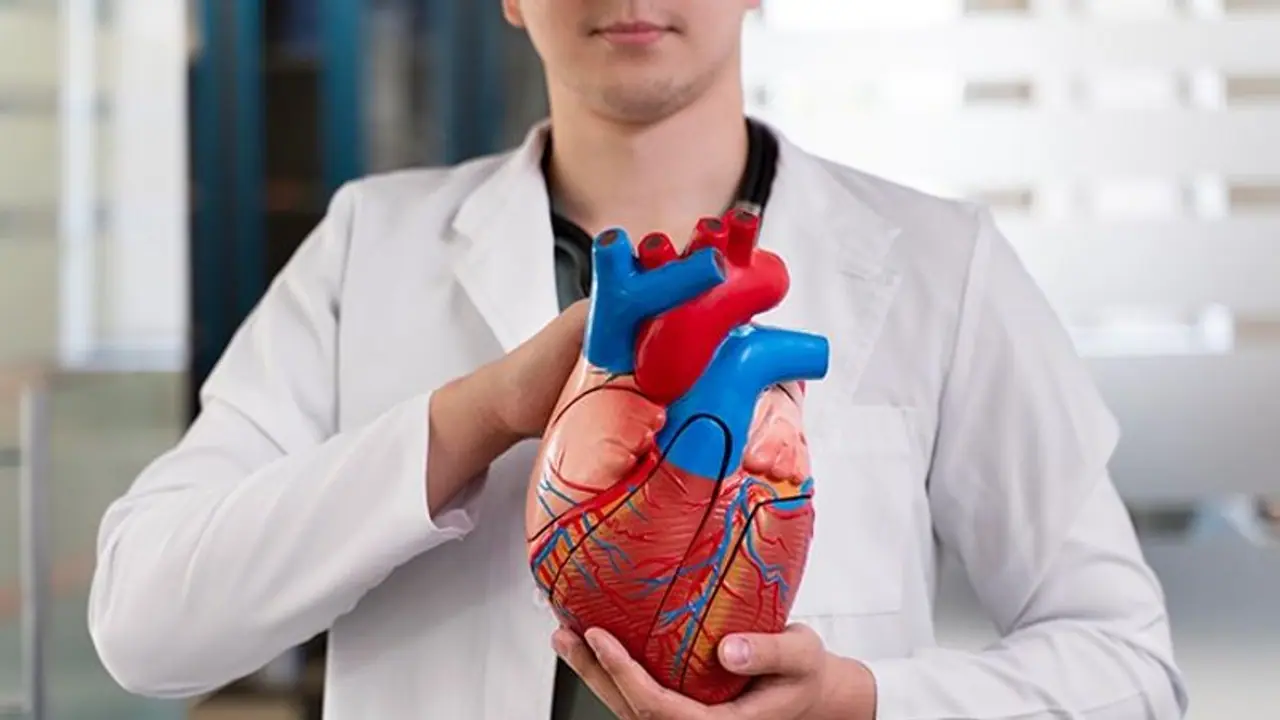Angioplasty: Angioplasty, a seemingly simple term, conceals a sophisticated and minimally invasive medical procedure with a profound impact on blood flow throughout the body.

Actor Shreyas Talpade suffered a heart attack and is recovering in a Mumbai hospital after undergoing an angioplasty, according to a hospital spokesperson on Friday. On Friday, the actor's wife, Deepti Talpade said on Instagram that Talpade is in stable condition and would be freed in a few days. Talpade allegedly complained of discomfort and fainted at his home on Thursday. His relatives took him to the Bellevue Hospital in Andheri.
"He was brought to the hospital late last evening and had an angioplasty last night (Dec 14)." He's all right. "He is in the intensive care unit," the spokesman added.
Also Read: Shreyas Talpade Health Update: Actor's heart stopped for 10 minutes
What is Angioplasty?
Picture a congested highway where traffic slows to a crawl due to a blockage. Similarly, plaque buildup can narrow or block arteries, impeding blood flow to vital organs. Angioplasty acts as a skilled road crew, clearing the obstruction and restoring smooth traffic flow.
Procedure Steps:
- Catheterization: A thin, flexible tube called a catheter is inserted through a small incision in your groin or arm and navigated towards the blocked artery.
- Balloon Deployment: A deflated balloon at the catheter's tip is positioned at the narrowed site. It's then inflated, compressing the plaque and widening the artery.
- Stent Placement (Optional): In many cases, a tiny mesh tube called a stent is deployed to keep the artery open permanently.
Who Benefits from Angioplasty?
- Coronary Artery Disease: Blocked arteries supplying blood to the heart, leading to angina (chest pain) and potentially heart attacks.
- Peripheral Artery Disease: Blockages in leg arteries causing pain, difficulty walking, and ulcers.
- Carotid Artery Disease: Narrowed arteries in the neck increase the risk of stroke.
Types of Angioplasty:
- Coronary Angioplasty: Targets the heart arteries.
- Peripheral Angioplasty: Focuses on arteries in the legs, arms, or kidneys.
- Renal Angioplasty: Opens blocked arteries supplying blood to the kidneys.
Advantages of Angioplasty:
- It does not require general anasthesia
- Minimally Invasive: No large incisions, leading to faster recovery and less pain.
- Reduced Risk: Compared to open surgery, angioplasty carries lower risks of complications.
- Improved Blood Flow: Restores oxygen-rich blood flow to affected organs.
- Fast Recovery: Typically, hospital stays are brief, and patients can resume normal activities within days.
Also Read: Winter wellness: 7 yoga poses for healthy lungs
Things to Remember:
- Angioplasty is not a cure; it opens blockages but doesn't address the underlying cause of the disease. Lifestyle changes and medication are crucial for long-term success.
- Not everyone is a candidate for angioplasty; your doctor will assess your individual condition and suggest the best treatment option.
- Like any procedure, angioplasty carries some risks, including bleeding, infection, and damage to the artery. However, these risks are generally low.
Demystifying angioplasty unveils a procedure that, while not a panacea, offers remarkable benefits in restoring blood flow and improving the quality of life for those affected by arterial blockages. Always consult with your healthcare provider to determine the most suitable treatment for your individual condition.
Dr Prabhakar C Koregol, Senior Consultant - Interventional Cardiology, Fortis Hospital, Nagarbhavi, Bengaluru
